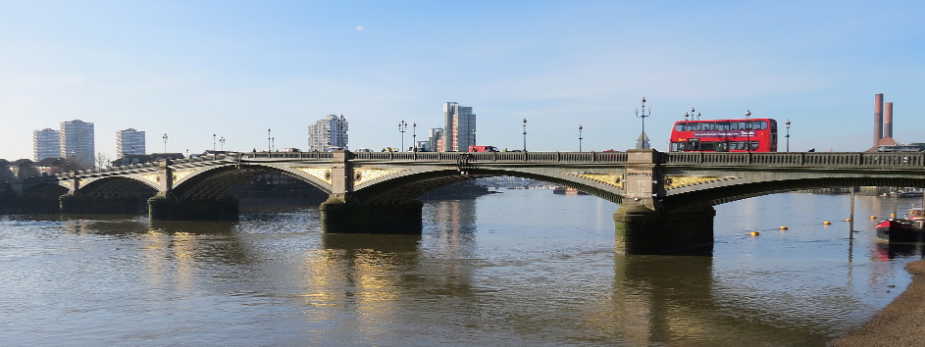
There are many bridges in London. There are 35 of these across the River Thames (read: temz) alone. It depends, of course, how you count. Golden Jubilee Bridges and Hungerford Bridge are all together, is it one bridge or still three? In addition, of course, smaller bridges over canals and, for example, over the River Lea. But here I would only list the most important bridges of the River Thames, so that when you get to the bridge, you will know what it is called and when it was built. I list the bridges upstream along the river. There is another bridge downstream on the river, but it is far outside of London.
The bridges that are most popular among photographers and Instagram fans are marked with a small badge of honour.
If you are interested in the history of building bridges, you can watch this: video  .
.

Just the most famous of London's bridges. Completed in 1894. It is a drawbridge that used to work with steam power, but now with electricity. The bridge was built by 400 men and 11,000 tons of steel were used. In fact, it is a steel bridge. The bridge would remain and function even without these wonderful stone towers (see here: building). The bridge rises for a little over a minute and about a thousand times a year.
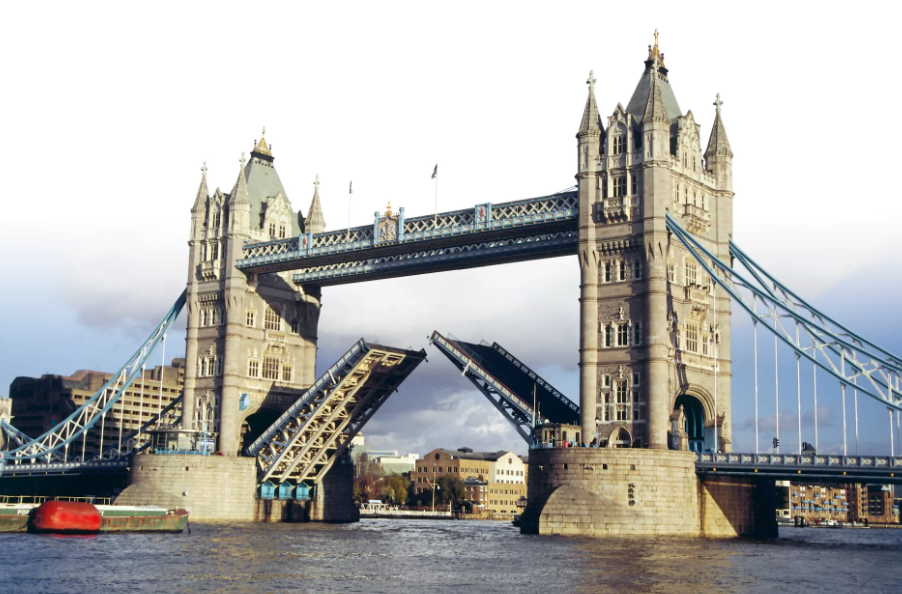
Relatively faceless for its fancy name. Demolished and rebuilt several times: ~50, 1209, 1831, 1973. The last bridge was demolished in 1967, all the stones were numbered and transported to the USA and rebuilt there. Now the old London Bridge stands in Arizona and crosses the Colorado River. Many bats live in the cavities of the current bridge.
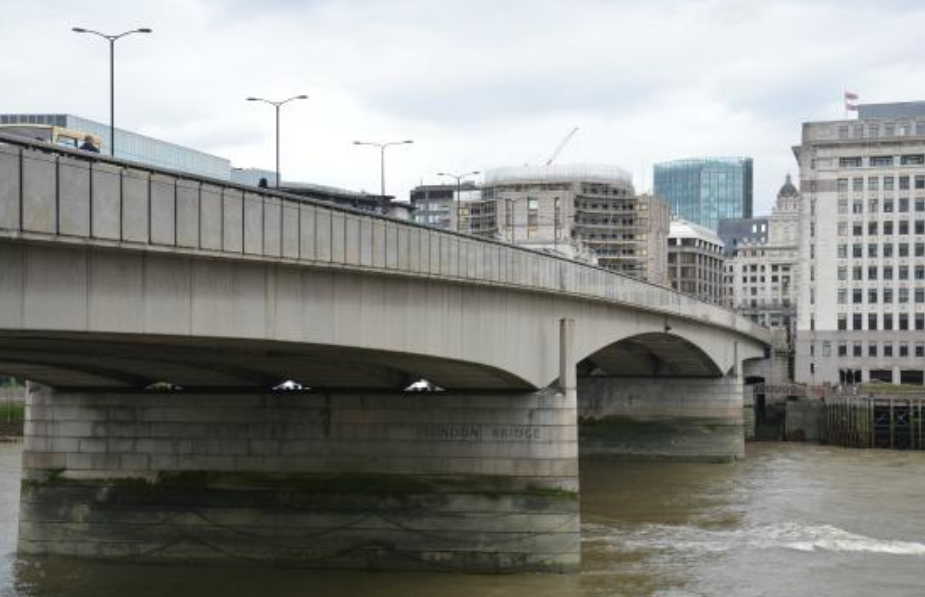
Built in 1866. Reconstructed in 1982. The railway comes from the south, crosses the bridge and ends at Cannon Street. At the entrance to the station, there are gorgeous towers on both sides. 1989 train accident happened here in which more than 50 people died.
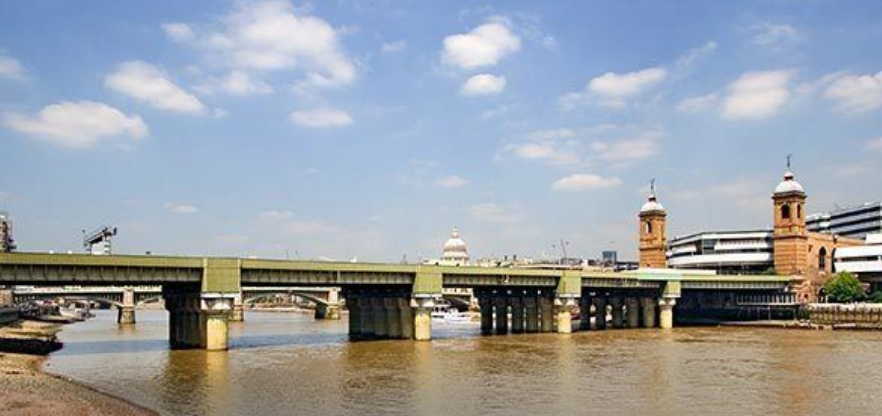
Built in 1921. The bridge can be seen in several films (Harry Potter, Mary Poppins). This bridge is the least trafficked bridge in London.
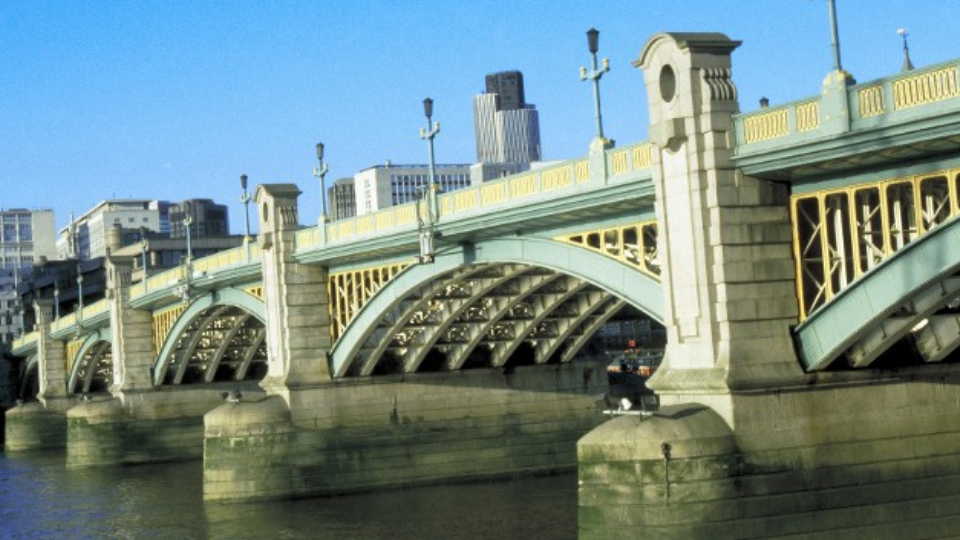

The pedestrian bridge from St Paul's Cathedral to the Tate Modern art museum. A beautiful and comfortable bridge. Built in 2002, but first became famous for undergoing major renovations a few days after opening. In one of the Harry Potter films, we see this bridge collapse. In fact, the bridge is still standing strong.
Although it is one of the newest bridges, a bridge was planned for this place as early as 1920.
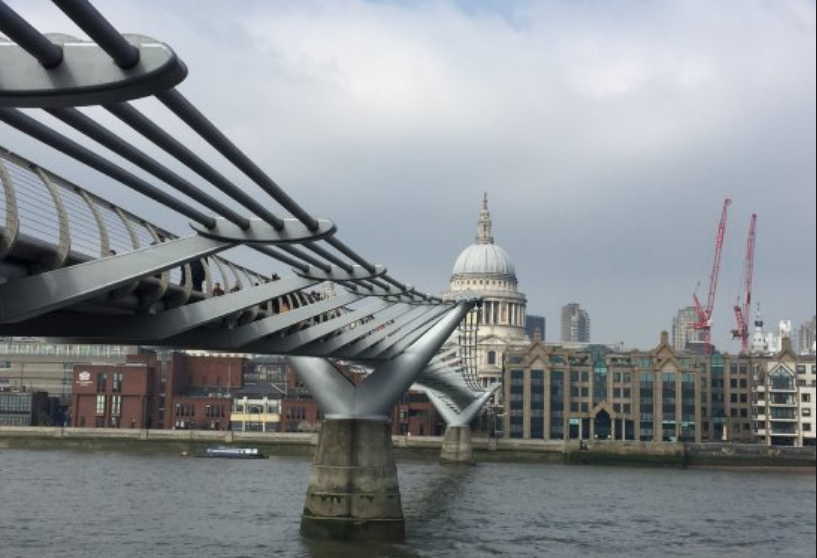
 ) monks. These monks lived here since 1276 and were known as Black Freres (black brothers) from their dress.
) monks. These monks lived here since 1276 and were known as Black Freres (black brothers) from their dress.Built in 1886. In fact, there is a railway station on this bridge. The entrances to the station are on both sides of the river. This bridge replaces a railway bridge that was located just next door and was demolished in 1985. The red pillars of the old bridge are still in place. Actually, these red pillars were in threes - one row of pillars is part of the new bridge, if you can notice.
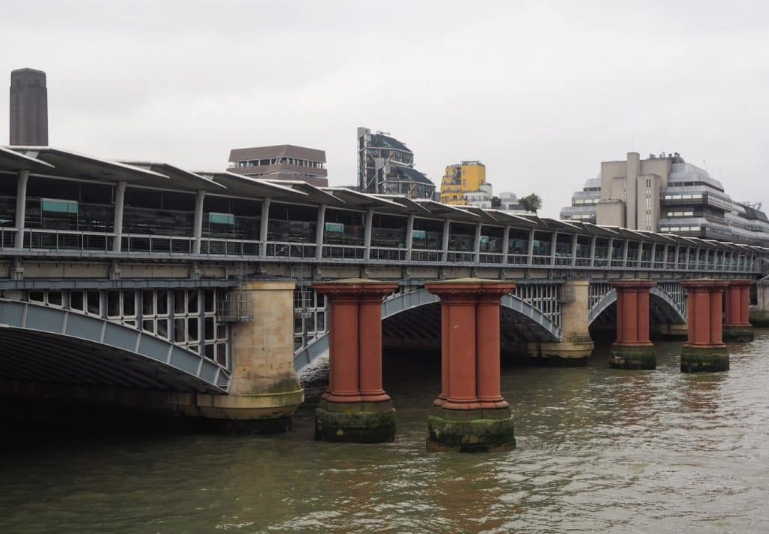
Built in 1869. The underground River Fleet flows under the north end of this bridge. The first bridge that stood here was built in 9 years and was the third bridge in London.
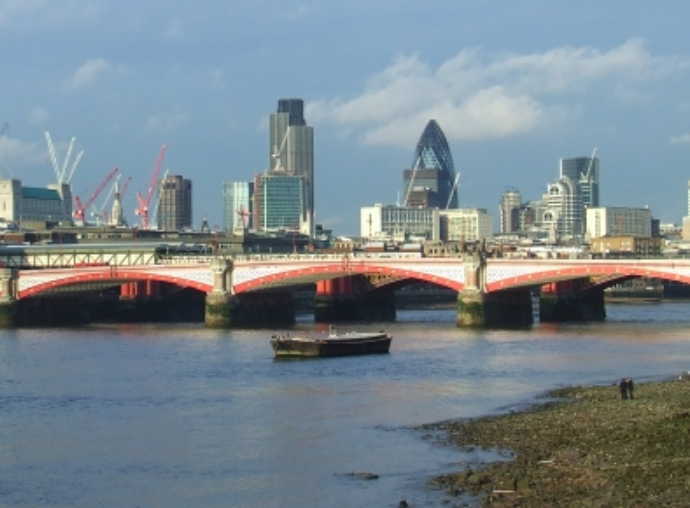
The current bridge was completed in 1945. The bridge is also called Ladies' Bridge because it was built (due to the war) mainly by women builders. The bridge is the longest of London's bridges, at 381 meters.
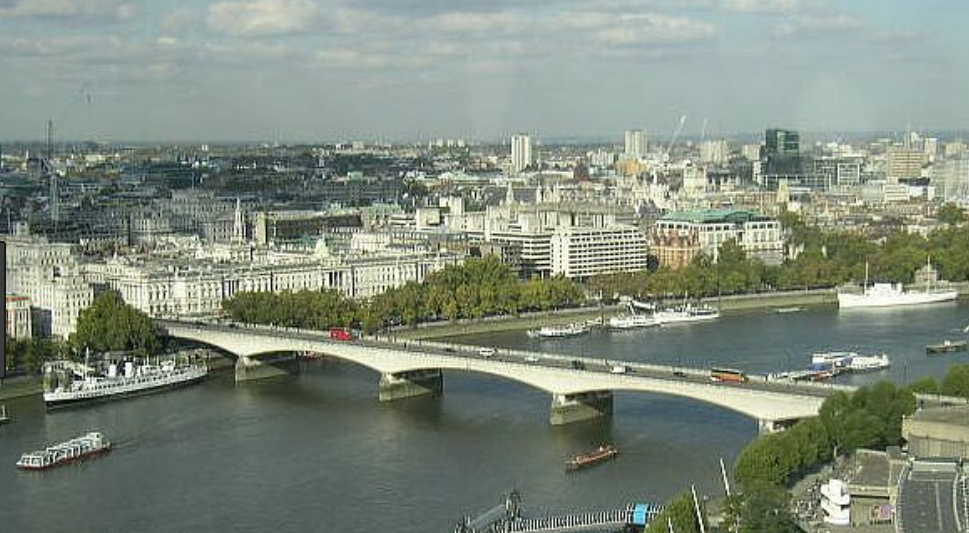

The railway bridge was completed in 1864. There was also a passage for pedestrians next to it, but it was narrow and uncomfortable. In 2002, wide, comfortable pedestrian bridges were completed on both sides of the bridge, named after Queen Elizabeth II had been on the throne for 50 years. During the construction of these bridges, many of the excavations were done by hand, as there were unexploded aircraft bombs on the riverbed from the WWII.
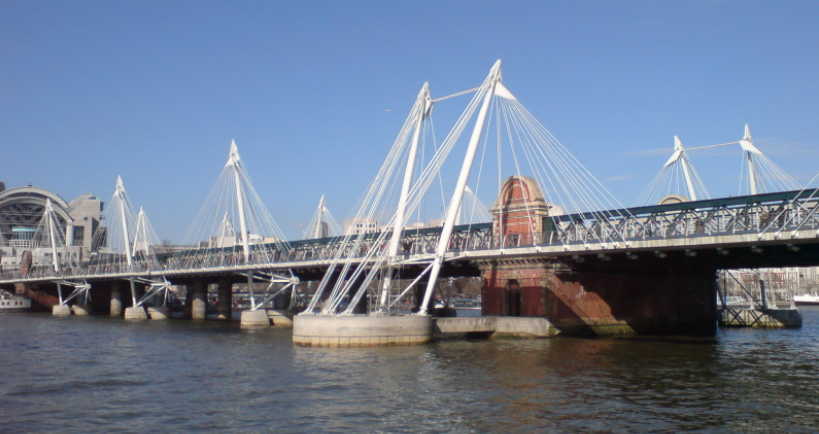
Built in 1862. The bridge leading to the Houses of Parliament, Westminster Palace. The bridge is painted green because that is the colour of the seats in the House of Commons.
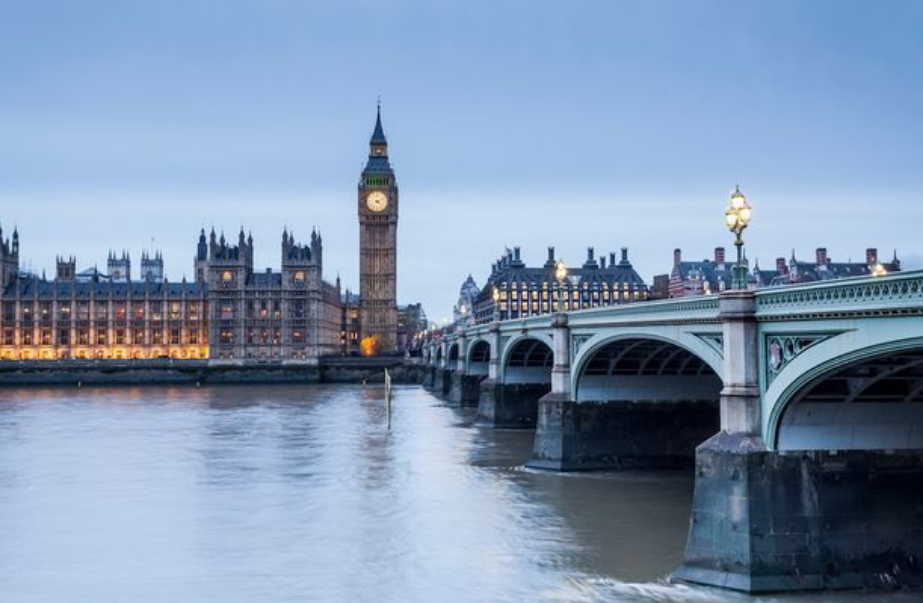
Built in 1932. At the ends of the bridge are pillars topped with bronze decorations that are supposed to represent pine cones. However, most people think of these as pineapples. The bridge is painted red because that is the colour of the seats in the House of Lords.
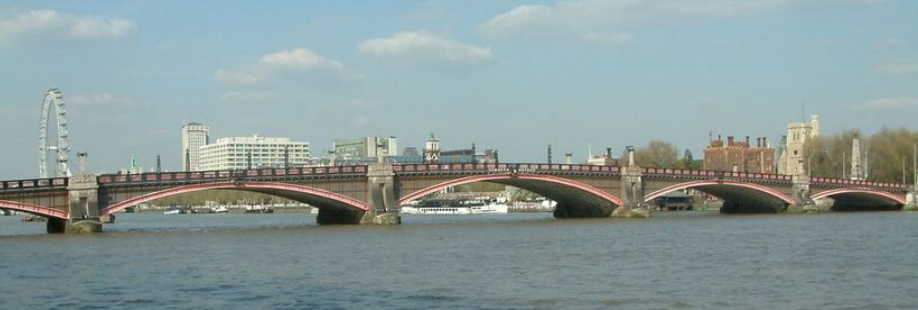
Built in 1936. At the end of the bridge is the headquarters of the secret service MI6. There are 8 bronze sculptures on the bridge pillars, which depict different areas of life. They are meant to be seen from the river, but if you lean over the edge you can also see these from the bridge. If you know how to look.
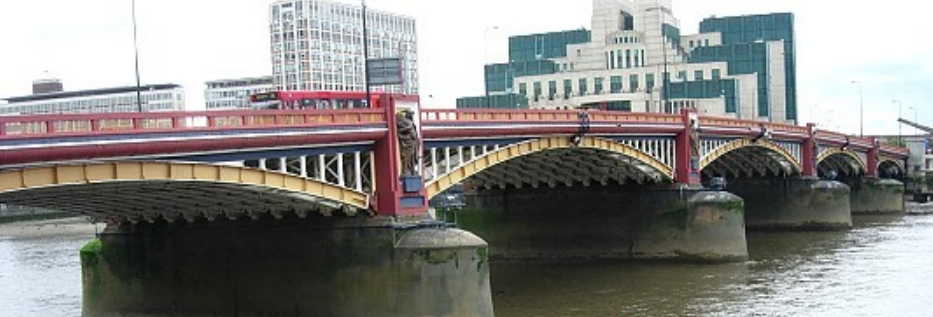
Built in 1859. Battersea Power Station can also be seen in the picture, which is familiar to Pink Floyd fans. It was the first railway bridge in London. It was improved in 1866, 1907 and 1967.
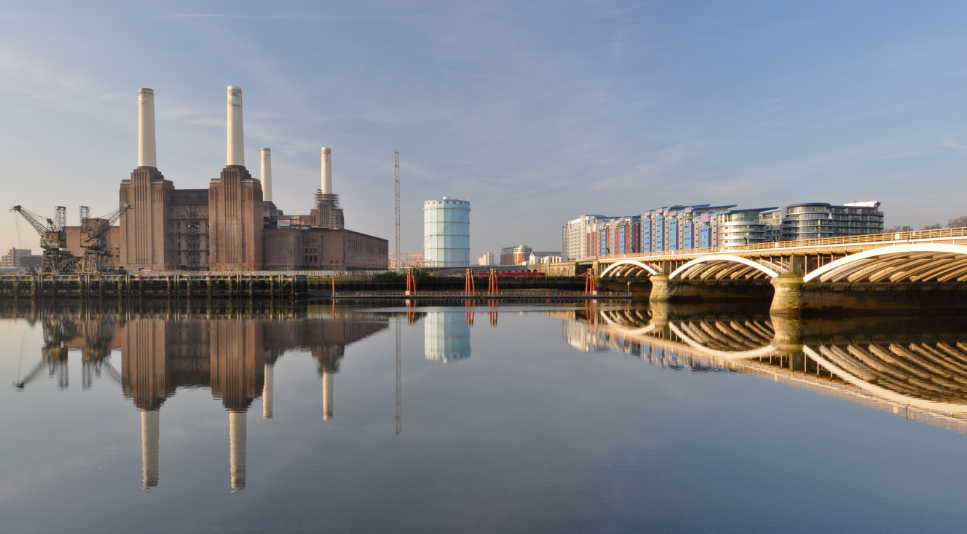
Built in 1937. Julius Caesar crossed the river from here in 54 BC. Of course, there was no bridge then and probably not everyone managed to get to the other side. During the construction of the bridge, several skeletons of Roman soldiers were found at the bottom of the river.
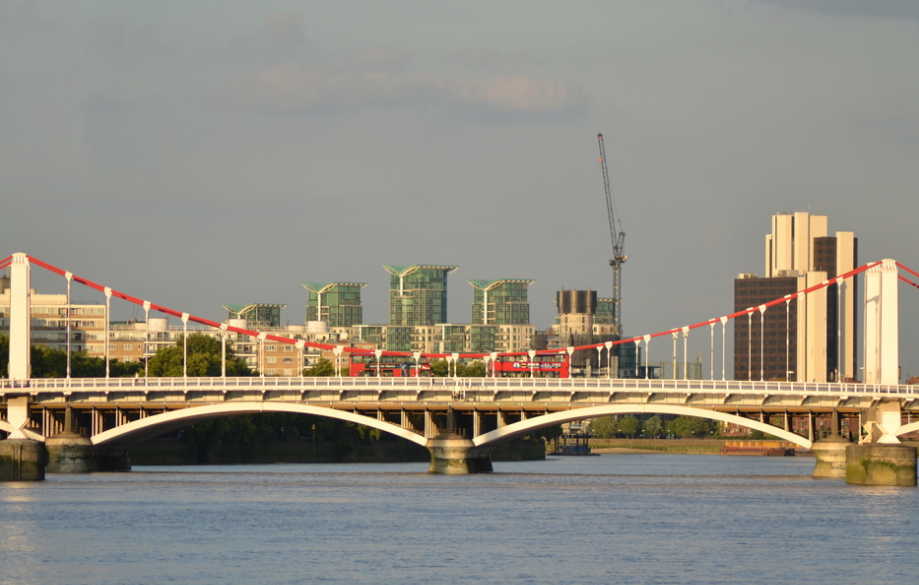

Built in 1873. A beautiful bridge, but at first it was unstable and swayed terribly (it was nicknamed the Trembling Lady). It has been fixed many times. For example, these middle pillars were built relatively recently. In the old days, crossing the bridge was tolled. The customs booths at the ends of the bridge can still be seen. Also the signs telling the soldiers to cross the bridge at free step.
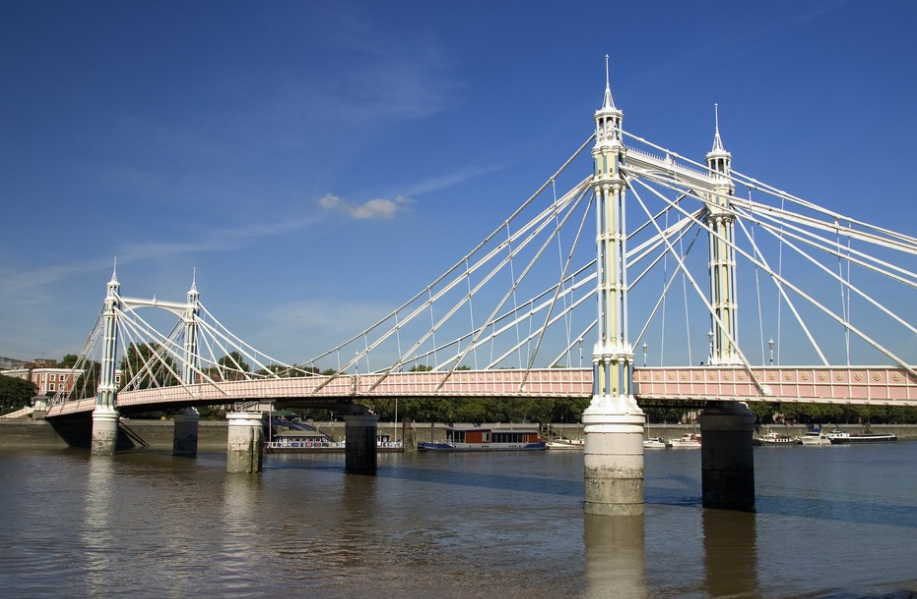
Built in 1890. Of course, this was not the first bridge in this place. It was here that the last wooden bridge on the River Thames once stood. The current bridge is relatively narrow, but once even trams ran here. On January 20, 2006, a 19-foot (5.8 m) whale was seen under the bridge. Many curious people gathered and a special operation was launched to return the whale to the sea, but its life could not be saved.
